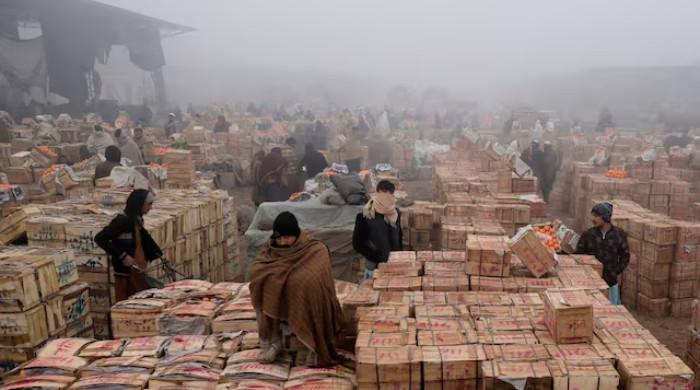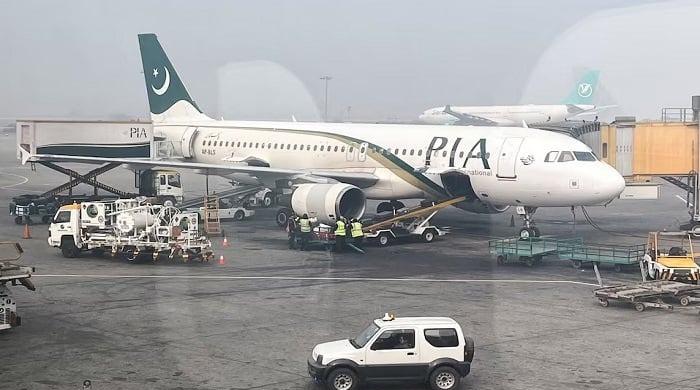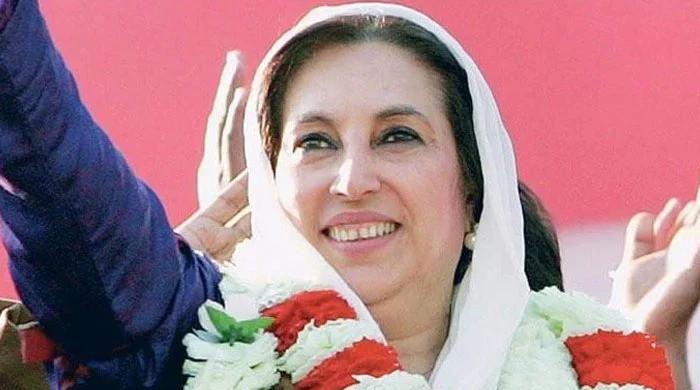ICUBE-Q: Why a satellite in Moon's orbit is significant for Pakistan?
Small satellites are now finding many applications in higher orbits and deep space missions as well
May 09, 2024
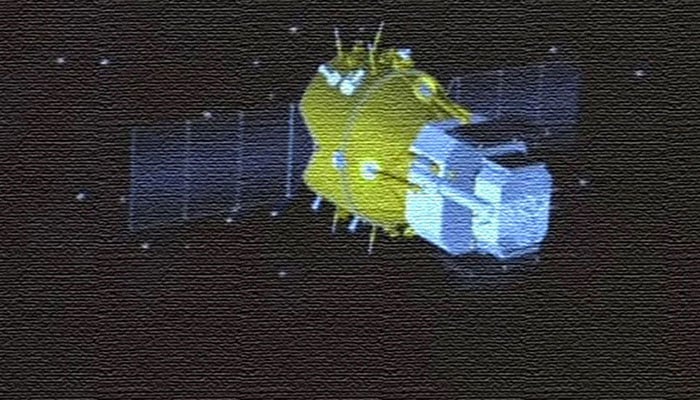
With the global lunar race heating up, more and more missions are headed to the Earth’s natural satellite, and Pakistan, despite all the budgetary as well technological constraints, has become a part of this historic space drive by putting ICUBE-Qamar, an indigenously designed CubeSat, in the Moon’s orbit with the help of China.
Termed “a great success overall” Pakistan’s lunar mission, ICUBE-Qamar ((ICUBE-Q), was successfully deployed in lunar orbit on 8th May at 1:14pm PST. The country’s space authorities might receive the first images of the Moon through the orbiter by May 15 or 16, followed by their analysis and research.
The Institute of Space Technology (IST), a leading high-end university in Pakistan has been instrumental in the launching of a Cube Satellite ICUBE-Qamar (ICUBE-Q) in lunar orbit onboard China’s Chang’E-6 Mission on 3rd May 2024 at 02:18pm PST from Wenchang Space Launch Site, Hainan, China.
Before talking about the mission itself, let’s talk about what a CubeSat is. CubeSats are a class of small satellites used by academic institutes for experimental and research purposes in Low Earth Orbits, generally with an altitude of less than 1,000 kilometres.

Interestingly, space giants like NASA are also working on CubeSats. Like very recently in March 2024 NASA launched 4 CubeSats via SpaceX to demonstrate Miniature CubeSat Swarm Technology. Moreover, these small satellites are now finding many applications in higher orbits and deep space missions as well.
Moon is in an elliptical orbit at an average distance of around 384,000 kilometres from the Earth, which makes it challenging to communicate with and control small satellites. IST pioneered the development of CubeSats in Pakistan by launching its first CubeSat “ICUBE-1” in Low Earth Orbit in Nov 2013.
The opportunity to release CubeSat into the Moon's orbit from the Chang-E’6 mission was offered by the China National Space Agency (CNSA) through the Asia Pacific Space Cooperation Organization (APSCO) to APSCO member states.
After a thorough evaluation, Pakistan’s proposal of ICUBE-Qamar was accepted out of all APSCO member states. Design, development and qualification of ICUBE-Q was led by faculty members and students of IST in collaboration with China’s Shanghai Jiao Tong University (SJTU) and support from Pakistan Space & Upper Atmosphere Research Commission (SUPARCO) — Pakistan’s premier national space agency.
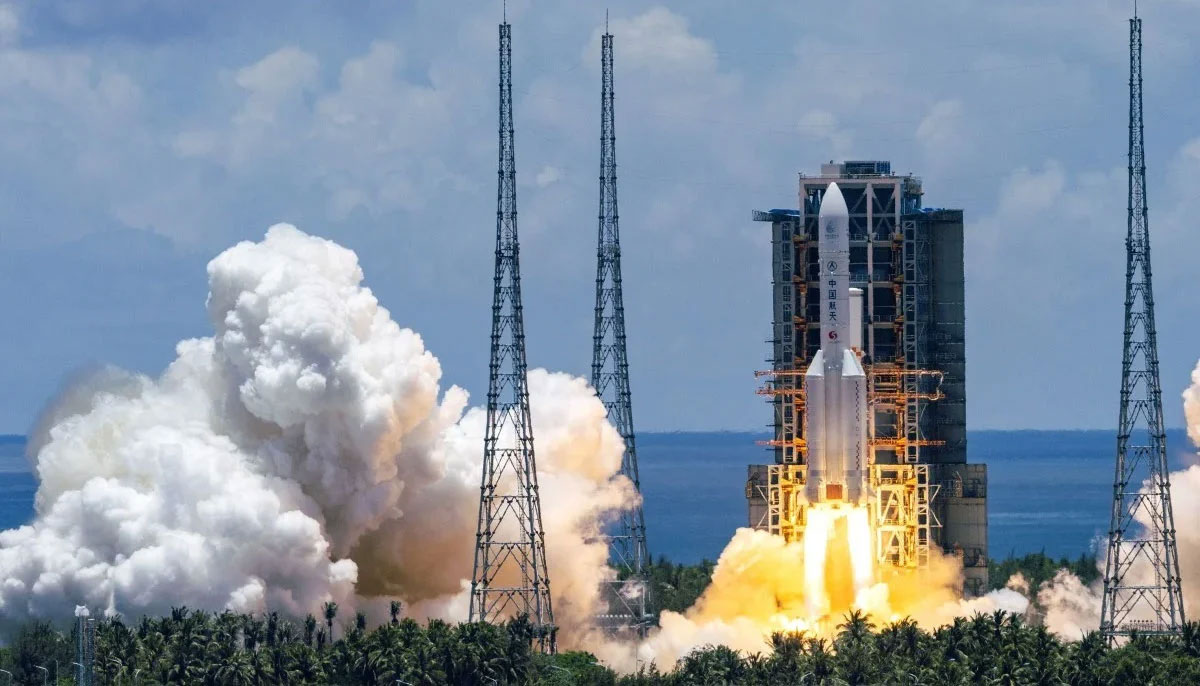
ICUBE-Q is carrying two cameras as payload for imaging the lunar surface and Earth/Moon images from lunar orbit besides having 3-axis attitude control for desired orientation, onboard computer, thermal control, telemetry and telecommand and payload data communication modules for connecting through deep space network.
Chang’E-6 rocket took five Earth days to reach Moon's orbit. The ICUBE-Q was deployed on 8th May 2024 in a carefully selected 12-hour elliptical orbit that will allow imaging of the desired lunar surfaces. So here is the main question: Why sending a satellite to the Moon is important for Pakistan?
Well, sending a satellite to the moon can be significant for a developing country like Pakistan for several reasons.
Technological advancement
Developing and launching a satellite to the moon requires advanced technological capabilities. By accomplishing this, Pakistan can demonstrate its technological prowess and enhance its reputation as a capable player in the global space community.
Scientific exploration
Sending a satellite to the moon enables Pakistan to participate in scientific research and exploration beyond Earth's orbit. This can lead to discoveries in lunar science, including studying the moon's surface, composition, and potential resources, the moon’s magnetic field model etc.
International collaboration
Participation in lunar exploration projects often involves collaboration with other countries and space agencies. This can foster international partnerships, exchange of knowledge, and access to resources and expertise that can benefit Pakistan's space programme and scientific community.
Inspiration and education
Achieving a lunar mission can inspire the next generation of scientists, engineers, and innovators in Pakistan. It can spark interest in STEM (Science, Technology, Engineering, and Mathematics) fields and encourage young people to pursue careers in space exploration and related industries.
National pride and prestige
Successfully sending a satellite to the moon can boost national pride and prestige. It showcases Pakistan's ability to undertake challenging missions and compete on the global stage, enhancing its standing among the community of nations.
Practical applications
Satellite technology has numerous practical applications, including communication, navigation, earth observation, and weather forecasting.
The experience gained from designing, building, and operating a lunar satellite can contribute to the development of technologies with practical applications for Pakistan's socio-economic development.
Overall, while sending a satellite to the moon involves significant effort as well as cost, it offers a range of benefits for a developing country like Pakistan, spanning scientific, technological, educational, and national pride aspects.
Dr Khurram Khurshid is a professor and heads the department of electrical engineering at the Institute of Space Technology. He is also the member of the core team at IST. He posts on X @dr_KhurramK
— Thumbnail image by CGTN





